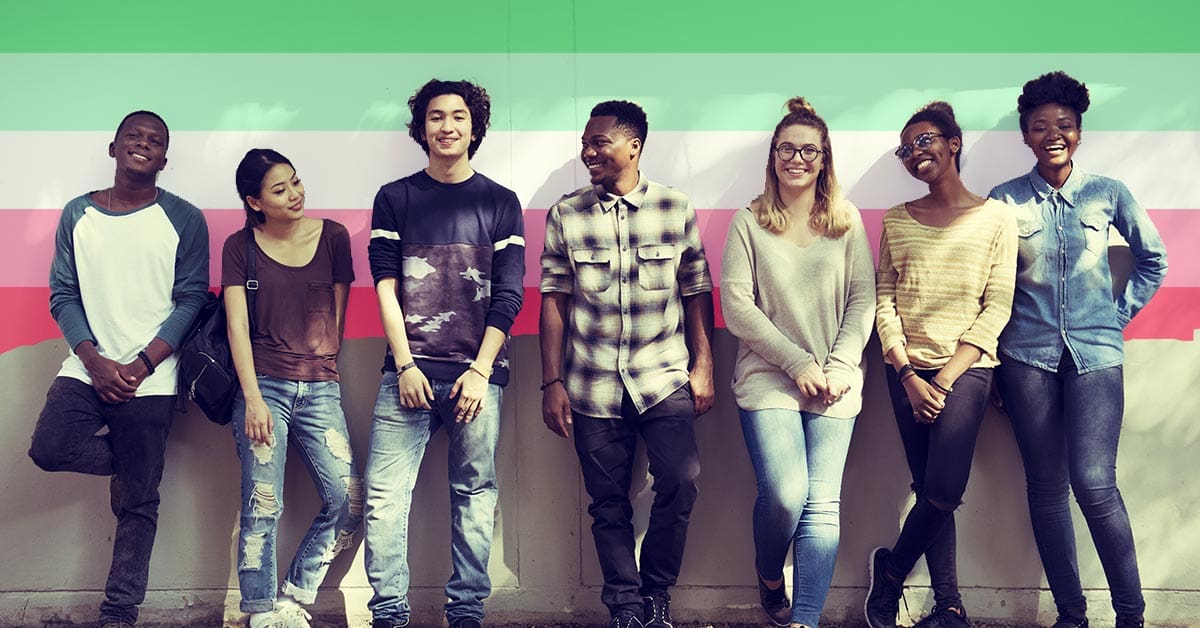Queer identities 101 | What is abrosexuality?

It seems like the “alphabet mafia” is always expanding our community’s vocabulary to be more inclusive, and one of the latest additions to the glossary is abrosexuality – a term that you may not have heard of as yet.
One of more than 100 (!) terms used to label types of sexuality – who we are physically and romantically attracted to – the “abro” in abrosexuality is a Greek root meaning “graceful” or “delicate”. In this instance, the word is meant to indicate the changing nature of people who identify this way in terms of their sexuality.
Someone who is abrosexual may find that they have different levels of romantic or sexual attractions throughout their life, and may see changes in their sexual orientation over time.
Whereas people who identify as pansexual are attracted to all people, no matter what their sexual orientation or gender identity is, abrosexuals can be attracted to someone who shares their gender one day, to someone of the opposite gender the next, and to someone who doesn’t identify with any gender identity the day after that.
Someone who is abrosexual can be pansexual at one stage of their lives, but heterosexual, bisexual, gay or even asexual at other times. This means their sexual orientation is always in some kind of flux, unlike pansexuals, whose attraction always spans across the gender and sexuality spectrum.
Of course, being abrosexual doesn’t always mean that one’s sexuality changes from day to day, and there can be a gap of months or years between their attraction changing.
What distinguishes abrosexuality from other types of sexual orientations is its fluidity. The intensity of the attraction felt towards particular groups of people can also vary for people who are abrosexual.
Abrosexuality should not be confused with gender fluidity, which refers to someone’s gender identity and not to their sexuality. If a person identifies as gender fluid, their experience of their gender will vary over time, regardless of how their gender identity is perceived by others. Who they are attracted to, however, will depend on their sexual orientation.
It’s probably fair to say that abrosexuality is the sexuality equivalent of gender fluidity, but that these two terms refer to entirely different parts of a person’s lived experience.
The abrosexual Pride flag, purportedly designed in 2015 by Tumblr user Mod Chad, features five colours: dark green, light green, white, baby pink and rich pink.

So, now you know! Ever wondered how to describe the way your attraction to people of different gender identities shifts? There’s actually a word for that, and it’s just as valid as any of the 100-odd sexualities described in the literature today.
Somewhat ridiculous. Inclusivity will eat itself.